FMF has a dyno room, of course, to match raw numbers with test rider feel, lap times and pro racer results and feedback.
In the late '60s and into the early '70s Don Emler's Southern California race team of Ray Lopez, Tim Hart and Don himself made a living by splitting the purse while racing bikes with now distant names of Monarch and Penton four nights a week and on Sundays. Don stepped down from racer in 1972; by that time he was sponsoring riders faster than he was.Then in 1973, after years of building race engines and making custom performance two-stroke exhausts out of his garage, Emler officially launched the Flying Machine Factory. At that time the STP and KTM logos were so cool that later that same year the familiar "FMF" logo flew for the first time. The earliest sign of success came when Honda of Piqua (later to become Honda of Troy) placed an order for 40 pipes-and sent the money up front!Former-FMF-team-racer-turned-factory-rider Marty Smith made Honda aware of the company's pipes, and in 1974 the pipe on Smith's 125cc championship-winning Elsinore was an FMF, and suddenly the SoCal enterprise was flying. FMF was on the map, at that time in Harbor City, California. The facility now resides close by in Rancho Dominguez, California, where it produces thousands of dirt bike exhausts each year, and let us in to see what that looks like.
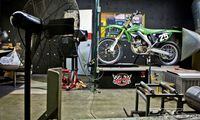
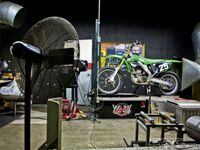
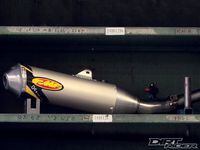

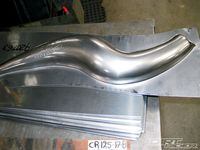
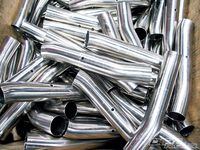
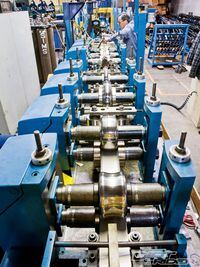
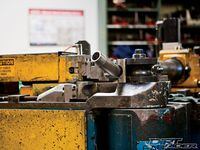
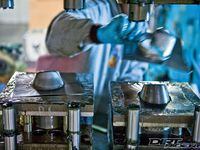
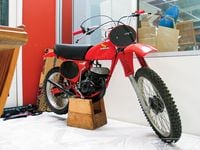
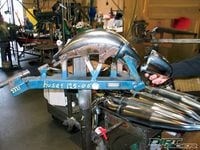
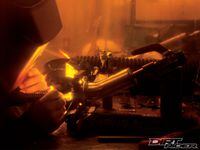

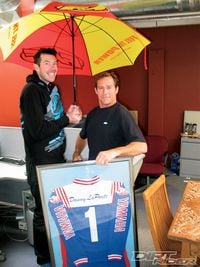
/cloudfront-us-east-1.images.arcpublishing.com/octane/TBIAOTHQEVAWRH4RI6QHPUO5PY.JPG)
/cloudfront-us-east-1.images.arcpublishing.com/octane/OB2TZF3FIBDZHHYHJZ6LRHR3S4.jpg)
/cloudfront-us-east-1.images.arcpublishing.com/octane/DZ2HBSSXKBEZLGE574PHVN4WYI.jpg)
/cloudfront-us-east-1.images.arcpublishing.com/octane/5BWOS5DC5FHHPHLVU43RSA5BTE.jpg)
/cloudfront-us-east-1.images.arcpublishing.com/octane/I3MFYOGNRFG3TPJQ6S7DHVCCQM.jpg)
/cloudfront-us-east-1.images.arcpublishing.com/octane/6LEF2ZUVXFB3ZFYRIP7LI5TZSQ.jpg)
/cloudfront-us-east-1.images.arcpublishing.com/octane/XXYEOEIX6FASTJCWHM5354VR5Q.jpg)
/cloudfront-us-east-1.images.arcpublishing.com/octane/NJWIDU775NECBOSYOGESM6OIMY.jpg)

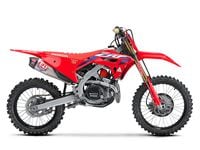
/cloudfront-us-east-1.images.arcpublishing.com/octane/322NRYLOUVD2FP72XICUQDEUTY.jpg)
/cloudfront-us-east-1.images.arcpublishing.com/octane/TT7Y2HUFOFF3RK4BQBMIFR7WGU.jpg)
/cloudfront-us-east-1.images.arcpublishing.com/octane/M23QJHVQ2ZDYPH5FZCBQJ2KXLA.jpg)
/cloudfront-us-east-1.images.arcpublishing.com/octane/HHQFFZYU6FFHTFSQRMPPYT35HU.jpg)
/cloudfront-us-east-1.images.arcpublishing.com/octane/7FCUDZHB3JBIHDW72FQBWIMBAU.jpg)
/cloudfront-us-east-1.images.arcpublishing.com/octane/X2C5PKAJAVDDXK6HNVQXT2Z6EE.jpg)
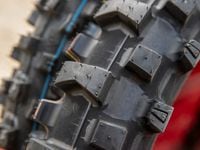
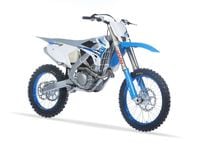
/cloudfront-us-east-1.images.arcpublishing.com/octane/54CMCACP5NAOZAFY2PJ3P4VLKM.jpg)
/cloudfront-us-east-1.images.arcpublishing.com/octane/BH3XMANK2VG5LA2XRDBBHMK4BE.jpg)
/cloudfront-us-east-1.images.arcpublishing.com/octane/7ZAAPXQWLVHXNAKXD5L7JJXCWU.jpg)
/cloudfront-us-east-1.images.arcpublishing.com/octane/QEO3EAHL55HUVDNVFC33QBYJZU.jpg)
/cloudfront-us-east-1.images.arcpublishing.com/octane/TS4CQC6KHZHHNG2DT44EOMISSA.jpg)
/cloudfront-us-east-1.images.arcpublishing.com/octane/AW6VAJP355AJVMXNDZ3CCBOWJM.jpg)